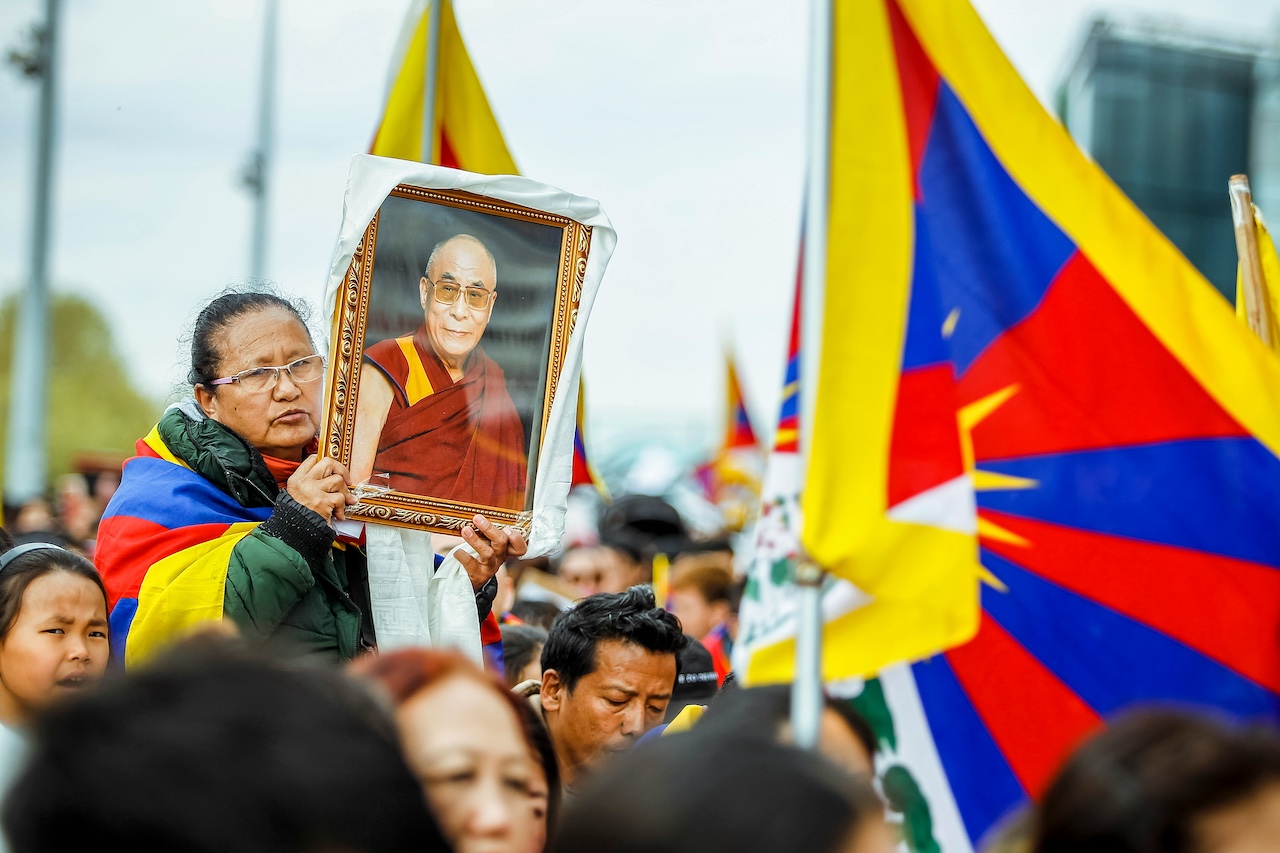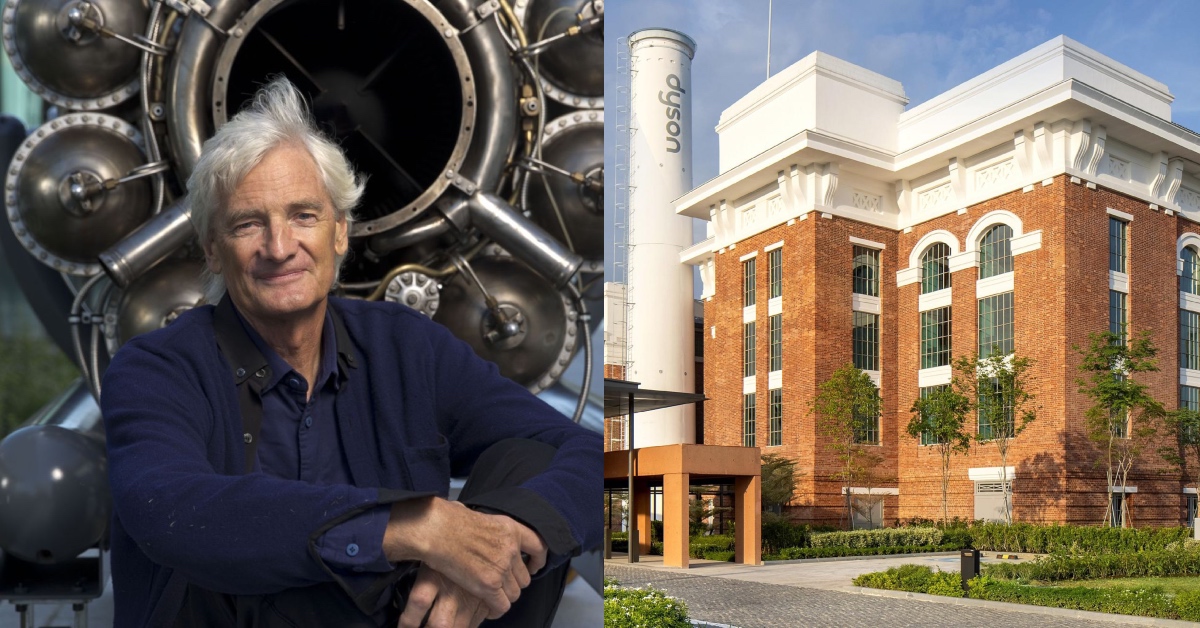We Are Pure Awareness
What complexity theory can teach us about nonduality, consciousness, and connection The post We Are Pure Awareness appeared first on Tricycle: The Buddhist Review.

What complexity theory can teach us about nonduality, consciousness, and connection
Dr. Neil Theise in conversation with James Shaheen May 19, 2023 Photo by Kira Laktionov
Photo by Kira LaktionovFor the past twenty years, stem cell pathologist Neil Theise has been fascinated by the science of complex systems from the infinitesimal level of quantum foam to the vastness of our entire universe. “You see a tree, and you can think of it as an object,” says Theise. “Or you can think of it as a collection of atoms and molecules and pockets of energy, air, water, sunlight, and earth that are spinning themselves up into what looks like a tree.”
A professor of pathology at the NYU Grossman School of Medicine and a practicing Zen Buddhist, Theise provides a comprehensive introduction to complexity theory and its synergies with Buddhist principles and teachings in his new book, Notes on Complexity: A Scientific Theory of Connection, Consciousness, and Being. In a recent episode of Tricycle Talks, Tricycle’s editor-in-chief, James Shaheen, sat down with Theise to discuss his journey to Buddhism, what it means to live at the edge of chaos, and how complexity theory can help us navigate the unpredictability of our everyday lives. Read an excerpt from their conversation below, and then listen to the full episode.
So what is complexity theory? Complexity theory describes everything that lies between the infinitesimal world described by quantum mechanics and the vast, infinite world described by relativity. It covers what lies between these: our everyday world, our bodies, the cities around us, the flocks of birds that go by as we’re walking down the street. Complexity is really the science of life. But it goes beyond that, too. Not only is it a theory of life, but it’s a theory of being: how things come into existence, what’s the meaning of existence, and what the functions of existence are.
If we look at cells, cells are nothing but molecules floating in water that self-organize into what looks like a cell, just like cells self-organize into what looks like a body and bodies self-organize into what looks like people walking down the street. There’s this flow that’s happening. There’s no one directing the flow. And yet somehow on a crowded New York City street in the morning, none of us are bumping into each other, even though we’re worried about our days, listening to our phones, and so on. Our bodies are self-organizing into the stream.
Eventually, you get down to something called the Planck level, the smallest possible units of space and time, which form the fabric of spacetime itself. Spacetime is an energy-rich field that is constantly popping up into subatomic particles. When these particles meet and interact, you get larger subatomic particles, you get atoms, you get molecules, and you get the entire universe. So suddenly, the entire universe at different levels of scale looks like it’s made of things. But in fact, there is no thing anywhere to be found. And this is really the emptiness of inherent existence.
The entire universe is a complex system, and from the view of samsara or the relative, it looks like there are all these things that are separate from each other. But at the quantum scale, at the level of spacetime, at the level of the absolute, there are no separations and everything is merely process. There are no things. From there, a lot of other parts of Buddhist metaphysics start to unfold.
How has studying complexity theory changed how you pay attention to and participate in the world around you? First off, walking down the street, there’s simply the wonder of it all. You see a tree, and you can think of it as an object, or you can think of it as a collection of atoms and molecules and pockets of energy, air, water, sunlight, and earth that are spinning themselves up into what looks like a tree.
At this level of scale, you are you and I am me and we’re separate and each of us is bounded by our skin. But at the cellular level, you’re constantly shedding cells off into the environment. That’s a lot of what the dust of our rooms is—the dead cells from the top of our skin. And we also know that we have a microbiome, an equal number of nonhuman cells that compose our body without which we wouldn’t be alive. We can’t be living humans without the bacteria that line our skin and all of the spaces inside our body. They are all necessary for us to maintain a healthy living human body. And when we turn a doorknob, we leave some of that biome behind. When we shake hands with someone or kiss them or hug them, we leave some of us behind. And they in turn leave some of them behind. This is so real that if you study a household with several people and a cat and a dog, in fact, there’s a single microbiome that everybody shares.
“We are the Earth that has figured out how to communicate with itself.”
At the cellular level, our boundaries are at least as wide as the homes we occupy and the spaces we move through in the day. At the atomic level, there is no atom that we haven’t breathed, drunk, or eaten from the planet. So on the one hand, you can see us as these beings that view ourselves as separate walking on the surface of this rock we call Earth. Or you can think of us as the Earth’s atoms taking three-and-a-half billion years to interact with each other to give rise to an aspect of itself. We’re walking, talking Earth. We’re not separate. We are the Earth that has figured out how to communicate with itself. So when you get down to the quantum scale, our boundary is the whole universe, and we’re simply differentiated aspects within the universe. These are basic Buddhist insights: that we are part of a seamless whole.
You say that we ourselves are pure nondual awareness. What does this mean on both a scientific and a spiritual level? Tibetan Buddhists talk about the mind of clear light. When our minds are stilled and focused in Buddhist practice, we can experience that our minds are part of a larger mind. Some people will refer to this as the absolute. What’s common among all the contemplative methods that I’ve explored is that they all talk about its luminosity. This is very prominent in Zen practice: the universal mind is luminous. And it’s nondual, meaning there are no distinctions. There’s no separation of subject and object.
When awareness starts to become aware of itself, to explore itself, and to be curious about itself, separation happens. This is where duality comes from. This comes back to complementarity. So is light waves or particles? It’s a complementarity. Is a tree atoms or a tree? It’s a complementarity. The image I use in the book to explain this is the classic two faces in profile looking at each other, and the space between them looks like a vase. Is it two faces or a vase? Well, it’s one or the other, but you need both for a complete explanation.
On the one hand, we are these separate beings. This is real. Samsara is real. Separation is real. Objects exist. But that’s not a complete view of things. The complete view says that we are also pure awareness, out of which all of this stuff that looks material arose. So is that it? Are we pure awareness? Is this all nirvana? Is it all perfectly perfect? Yes, that’s true. But it’s like the faces and the vase. Both things are true. It’s not one or the other. What Buddhist practice and complexity theory have taught me is how to toggle between those. The dance between the two is where I live a more resilient and richer life.
![]()
Thank you for subscribing to Tricycle! As a nonprofit, we depend on readers like you to keep Buddhist teachings and practices widely available.
This article is only for Subscribers!
Subscribe now to read this article and get immediate access to everything else.
Already a subscriber? Log in.

 Fransebas
Fransebas 
































